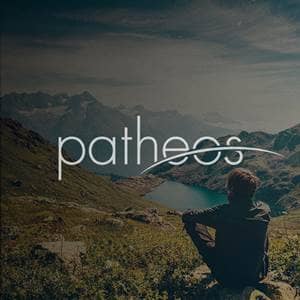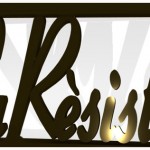All day today I have been intending to post something about Sukkot. For a holiday that usually serves as an afterthought to the high holidays, it has a very respectable history and an enormous number of past and present associations.
One that has always fascinated me is the connection between Sukkot and Chanuka.
In Temple times there was a Sukkot custom called Simchat Beit Ha-Shoeiva, a water drawing ritual and celebration. On the first night of the festival an all-night gigantic Temple party would break out. The priests didn’t like the water drawing ceremony at all as they were dominated by biblical purists (Sadducees) and the ritual was non-biblical. When one high priest poured the water on his feet, the Talmud reports that everyone threw their etrogs at him.
The Talmud and Mishna both report that “He who never witnessed the joy of the Simchat Beit Ha-Shoeiva never saw joy in his life” (Sukkot 51b). Lamps of gold were lit in the Temple and every house in Jerusalem had torches in their courtyards.
The connection to Chanuka comes when we put this together with another text that’s always fascinated me. It can be found in the extra-biblical book 2 Maccabees, Chapter 10:
It happened that on the same day on which the sanctuary had been profaned by the foreigners, the purification of the sanctuary took place, that is, on the twenty-fifth day of the same month, which was Kislev. And they celebrated it for eight days with rejoicing, in the manner of the feast of booths, remembering how not long before, during the feast of booths, they had been wandering in the mountains and caves like wild animals.
The twenty-fifth of Kislev is, of course, Chanuka. This text portrays Chanuka, the celebration of the Maccabee victory, as a postponed version of Sukkot. Could the torches and fires that were so much a part of Simchat Beit Ha-Shoeiva have been part of the inspiration for the Chanuka lights?
In modern times it’s the Chasidim who carry on the partying of Simchat Beit Ha-Shoeiva. In Israel it’s been a time of inviting in non-Charedim to share the fun. This year the more radical killjoys in Meah Shearim and B’nai B’rak are nixing that custom. They’ve declared that no uninvited women should even think about showing up.
Sukkot in the Temple also had a lot of sacrifices, even more than usual. The Torah itself says (Numbers 29) that thirteen bullocks should be sacrificed the first day, then twelve the second and so on. By the end of the holiday seventy bullocks had been sacrificed (the place must have smelled like the world’s largest BBQ shack…it would have made me queasy). The Rabbis identified these sacrifices on behalf of the mythical seventy nations of the world. To the extent that this was a sentiment of goodwill, it’s worth remembering, though I for one am damn glad it isn’t done any more.
Happy Sukkot!














